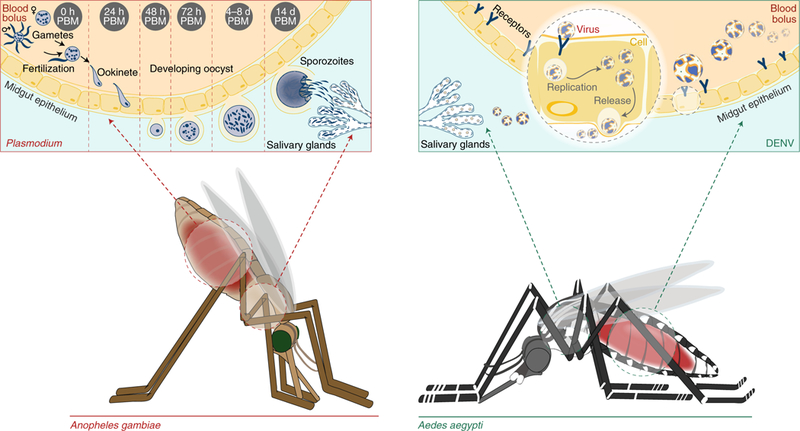Fig. 1 |. The malaria and dengue transmission cycles.

The developmental stages of P. falciparum (left) and DENV (right) are shown in A. gambiae and A. aegypti, respectively. Anopheles mosquitoes take up Plasmodium parasites as female and male gametocytes, which rapidly convert to gametes. The male gamete exflagellates to produce eight microgametes, which can fertilize the single female macrogamete. The formed zygote becomes a motile ookinete, traverses the midgut epithelium, and develops into an oocyst on the basal lamina of the outer midgut. Over several days, sporozoites develop in the oocyst, burst out and spread to the mosquito salivary glands by the haemolymph. Sporozoites are injected into the next host when the mosquito bites again. Similarly, in Aedes mosquitoes, DENV is taken up into midgut cells and, over several days, replicates its genome and expresses viral proteins. New virions are assembled and released into the mosquito haemolymph and invade the salivary glands for transmission to the next host. PBM, post blood meal.
